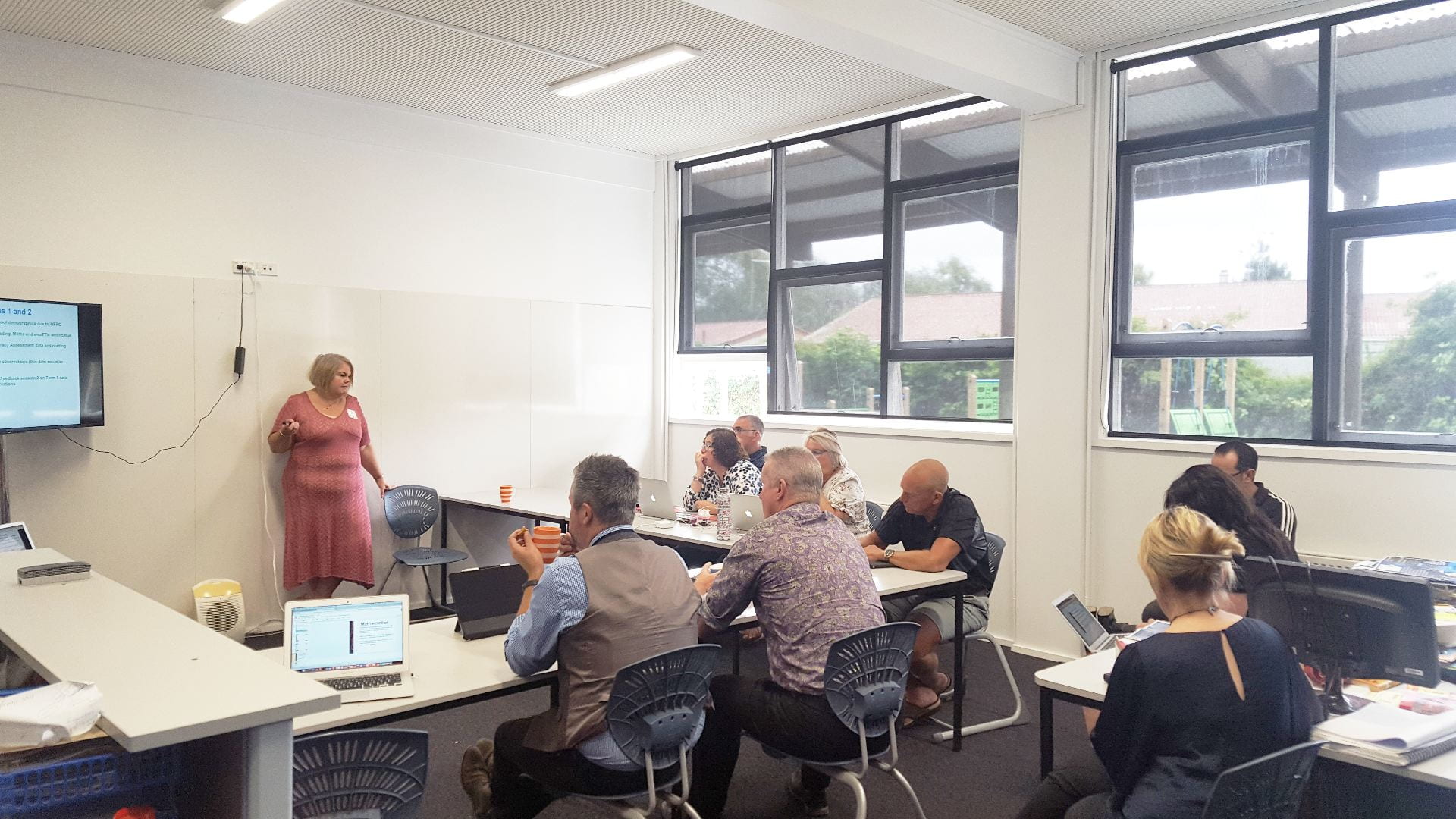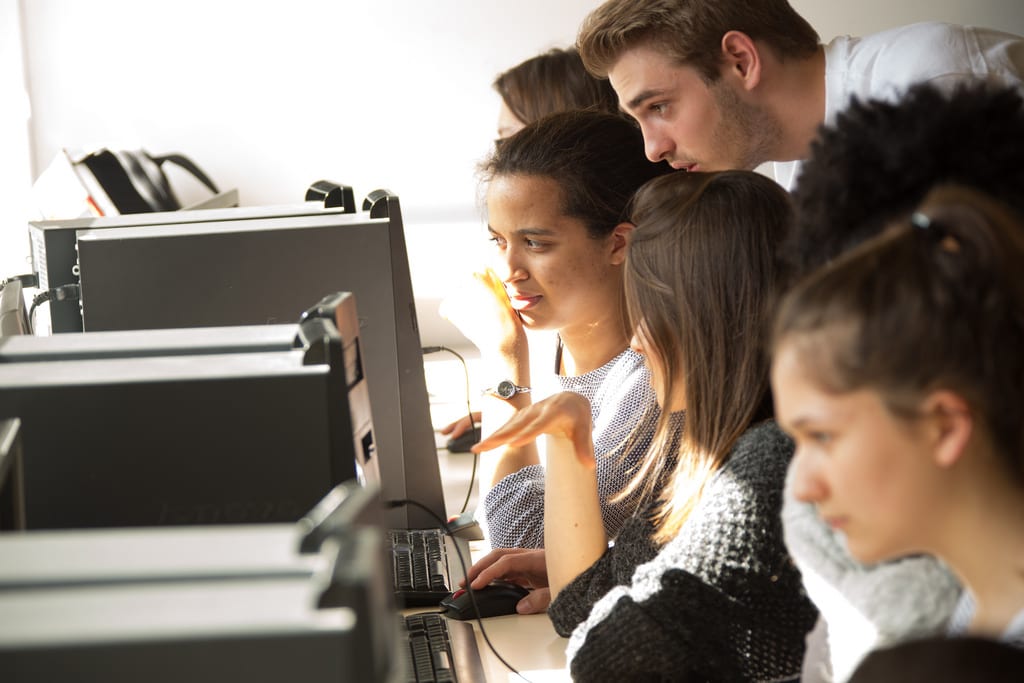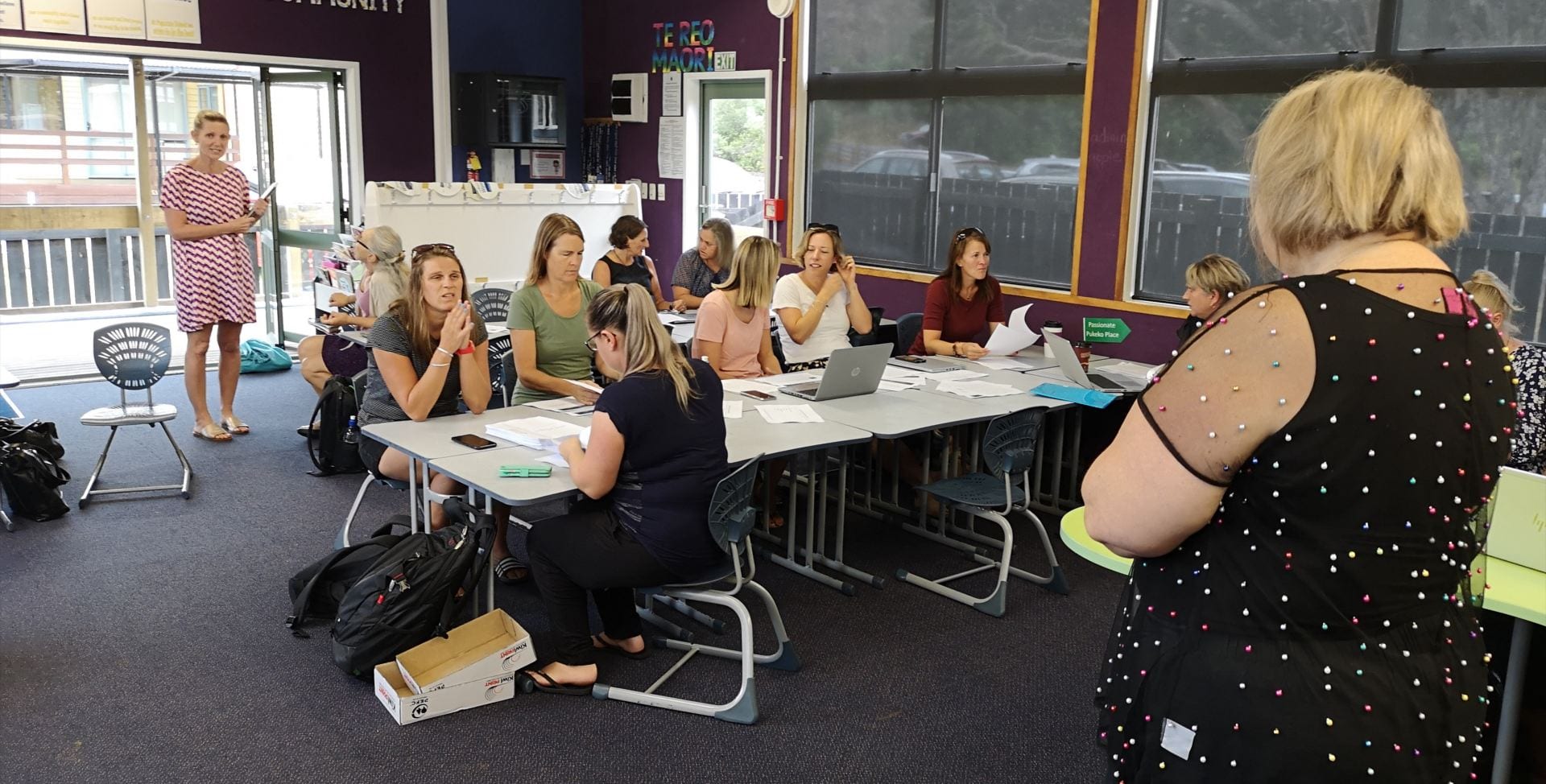


Classroom observations
Teachers in 1:1 classes from each school in the cluster are invited to participate in classroom observations. This survey of classrooms enables each cluster, cohort, and The Manaiakalani Programme as a whole to better understand how the digital learning environment and cluster-wide goals are being implemented.
We aim to observe a range of year levels across the cluster by observing each volunteer teacher once for approximately 40 minutes during a lesson where the cluster goal(s) can be observed. The focus of the observation is teaching actions, task assignment and students’ use of devices, not an evaluation of the quality of teaching, nor a focus on the students. If two teachers work in a modern (innovative) learning environment, normal practice is for two observers to be present, each focussing on a separate teacher.
Teachers choose a suitable time and lesson to be observed by signing up through a cluster observation sheet online. They are also required to read the Participant Information Sheet (PIS) and complete the Consent Form (CF) electronically before the lesson. The observer will endeavour to be at the room a few minutes before the observation begins. Teachers are welcome to introduce the observer to the class. It is also very helpful if they share any pertinent information with the observer such as if a learning assistant is also working in the class, students with special conditions, particular class expectations, etc. After the observations the data from all observed classes is combined to provide a snapshot of practice across the cluster.
Individual class and school observations are never shared. However, we may approach volunteer teachers to capture the potential of some practices observed in their lesson so that it can be shared across the cluster. Teachers can also request a summary of their observation data. To learn more about classroom observations, please have a look at this presentation, or watch Dr Aaron Wilson’s introduction to different types of classroom observations.

